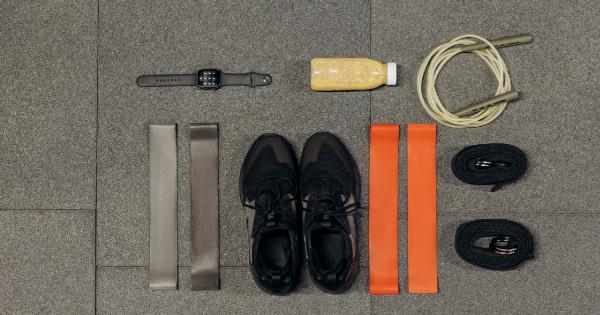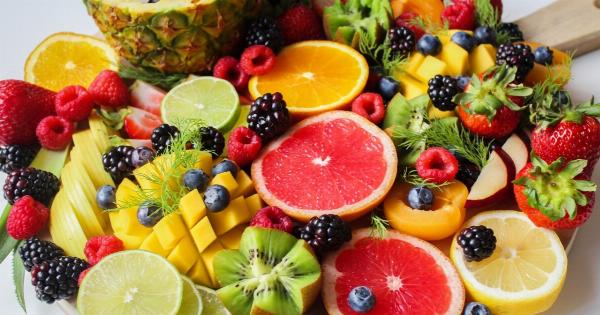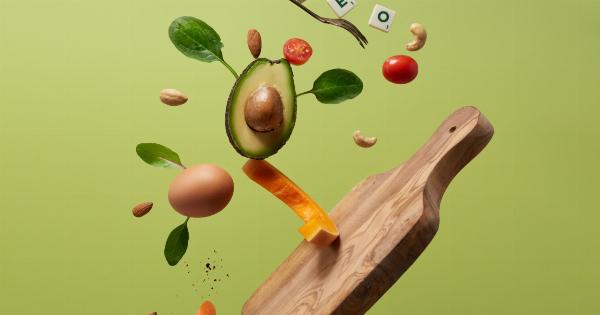Many people think that cutting down on food is the only way to shed pounds. But it’s not that simple. To lose weight successfully, you need to know when to eat and what to eat.
In this article, we’ll discuss the importance of proper timing and appropriate foods to help you cut down and shed those extra pounds.
Why eating less isn’t the solution
While eating less can help you lose weight, it can also lead to several health complications. Starving yourself can slow down your metabolism, making it harder for you to shed pounds in the long run.
It can also increase your risk of nutrient deficiencies, making you more vulnerable to illnesses and diseases.
Moreover, depriving yourself of food can trigger binge-eating, leading to weight gain instead of loss. Therefore, it’s essential to eat smart instead of eating less.
When to eat
The timing of meals can have a significant impact on weight loss. Eating at regular intervals can keep your metabolism active, helping you burn calories more efficiently.
Skipping meals or eating infrequently does the opposite, reducing your metabolism and resulting in weight gain.
Therefore, it’s best to eat small frequent meals during the day. Research suggests that eating six small meals can be more effective than eating three large meals in a day.
It can keep you satiated, reduce cravings, and prevent overeating at mealtime.
Moreover, it’s essential to eat your meals at the right time. Eating breakfast within an hour of waking up can kickstart your metabolism, keep your blood sugar levels in check, and help you burn more calories throughout the day.
Eating your last meal at least two hours before bedtime can prevent overeating at night and help you sleep better.
What to eat
Eating the right foods can also help you lose weight effectively. Processed foods, sugary beverages, and high-fat snacks can derail your diet and lead to weight gain.
Instead, eating nutrient-dense foods that keep you satiated, provide energy, and support weight loss can be a better option.
Here are some foods that can help you cut down and lose weight:.
Whole-grain foods
Whole-grain foods such as brown rice, whole-wheat bread, and quinoa are high in fiber and protein, making them more satiating than refined grains. They can keep you full for longer, reduce cravings, and support weight loss.
Lean protein sources
Protein is essential for building and repairing muscles, promoting fullness, and boosting metabolism. Lean protein sources such as chicken, fish, tofu, and legumes can help you meet your protein needs without adding excess calories.
Vegetables and fruits
Vegetables and fruits are low in calories, high in fiber, and loaded with essential nutrients. Adding more vegetables and fruits to your diet can help you cut down on calories, feel full, and support weight loss.
They are also rich in antioxidants, vitamins, and minerals, keeping you healthy and preventing diseases.
Healthy fats
Not all fats are bad for you. Healthy fats such as olive oil, nuts, and seeds can improve heart health, reduce inflammation, and support weight loss. These fats can keep you satiated, provide energy, and prevent overeating.
Conclusion
Cutting down is not only about eating less but about eating smart. Knowing when to eat and what to eat can have a significant impact on weight loss.
Eating at regular intervals, including more whole-grain foods, lean protein sources, vegetables and fruits, and healthy fats can keep you satiated, reduce cravings, and support weight loss. It can also provide essential nutrients, improve your overall health, and prevent diseases. By understanding the importance of proper timing and appropriate foods, you can shed pounds and achieve your weight loss goals efficiently and effectively.

























